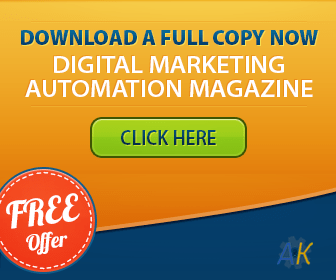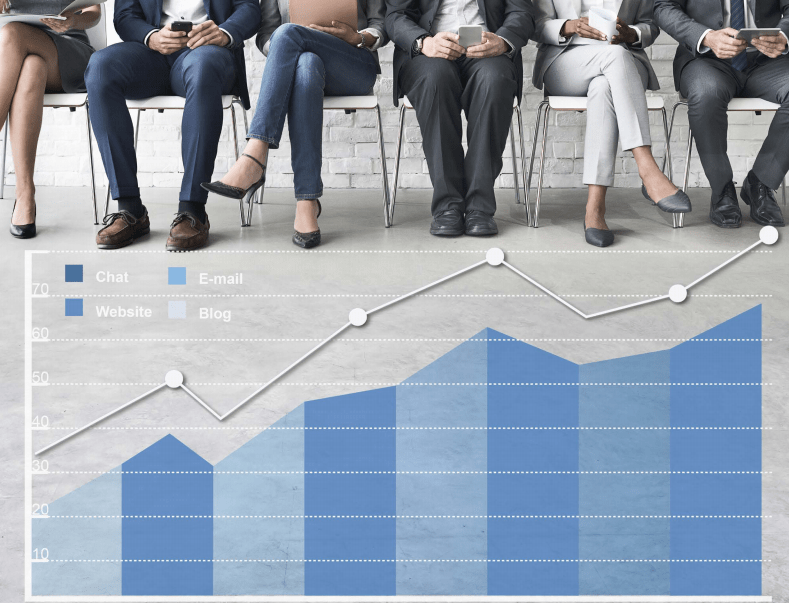Facebook is Still Number One
Facebook is by far the number one social media platform for businesses. To give you an idea of just how popular it is, let’s look at some statistics:
- There are 80 million small business pages on Facebook
- 78 million Americans say they’ve bought a product after learning about it on Facebook
- Facebook is the top social platform for both B2B and B2C marketing
- 30% of marketers believe that Facebook has the top ROI among social media sites
Mobile ad revenue saw the biggest increase, growing by 50% from June of 2017 to June of 2018.
What’s the takeaway here? It’s still worthwhile for small businesses to advertise on Facebook. Here are a few tips to help you figure out where to spend your Facebook marketing budget:
- Mobile advertising is the fastest-growing sector and offers a way to connect with customers using mobile devices
- Video ads still get a ton of engagement
- Organic reach is still on the decline, but paid reach is up
- Only a little over 30% of businesses use Facebook Messenger – adding a Messenger bot or doing some Messenger advertising may be a way for you to overtake your competitors
If you invest your money in mobile ads, Messenger, and video, you’re likely to see better results on Facebook.
Instagram is the Fastest Growing Social Media Site for Marketing
A big part of that growth is due to the increasing popularity of Instagram Stories for business. It might surprise you to learn that 500 million people use Instagram Stories every day and fully one third of the most popular Stories ever posted were created by businesses.
Let’s talk about what that means for your marketing strategy. Here are a few key takeaways.
Instagram Stories are hugely popular and hugely effective. By a 2-to-1 margin, consumers in the United States say they prefer to get brand information from Stories instead of in their feeds.
Instagram users respond best to Stories that do one or more of the following things:
- Help them learn about new products that are relevant to them
- Give them information about interesting and relevant events, including shows, concerts, and fairs
- Keep them up-to-date on the brands they’re interested in
If you’re not already using Instagram, starting out with Instagram Stories is a good way to get your feet wet and see what Instagram marketing can do for you.
Keep in mind, too, that Instagram is a mobile app. While you can view it online, most users access Instagram on their mobile devices. That makes it an ideal platform for mobile marketing.
Twitter is Fading Fast
Twitter still has millions of daily users, but it’s not the marketing powerhouse it used to be – and it may never regain its strength and popularity.
For example, Twitter announced in the third quarter of 2018 that 326 million people use Twitter daily. That number represents a loss of four million users from the previous year and nine million from the previous quarter.
Twitter argues that the reduction is the result of more aggressive policing of automated posting and the elimination of so-called “bot” accounts. However, it’s also telling that they haven’t updated their statistic about the number of Tweets per day (500 million) since 2014.
What does this mean for the future of Twitter marketing? Well, it’s a mixed bag. Total ad engagements increased by 50% from 2017, and the cost per engagement went down by 14%.
If you’re not already using Twitter, then it may be okay to cross this one off your list unless you have very good reason to believe that your existing customers want to see you there. (It’s also interesting to note that Twitter is slightly more popular for B2B marketing than for B2C marketing – something to keep in mind if you’re B2B.) However, if Twitter’s in your marketing mix and getting good results, there’s no reason to pull out at this point.
LinkedIn is the Place for B2B Marketing
Approximately 80% of B2B marketers say that LinkedIn is their number one marketing platform. Fully 45% of all LinkedIn users are in upper management – which means, of course, that they’re decision makers in a position to use the platform to make buying decisions.
In many ways, LinkedIn is the dark horse of social media. It hasn’t experienced the exponential growth of Facebook and Instagram, but its slow and steady rise is one of the reasons it hasn’t been subject to the same drama and scrutiny as Facebook.
One of the most important things for business owners to know about LinkedIn is that organic reach is better there than on other social platforms, due in part to their algorithm. It filters out spam and low-quality content and prioritizes what it calls “clear” content.
Another thing that sets LinkedIn apart is that every post is reviewed by a human editor. Ultimately, they’re the ones who’ll decide if a post is relevant.
You can benefit from LinkedIn for B2B marketing by posting business and job-related content that’s relevant to your industry and connections. That’ll get it past the algorithm filters and the human ones – and give you a chance for your content to go viral.
The social media landscape might be changing, but there’s still plenty of reason to be optimistic. Staying abreast of trends – and using them to figure out how to allocate your marketing budget for social media – can help you edge out the competition and grow your business.











